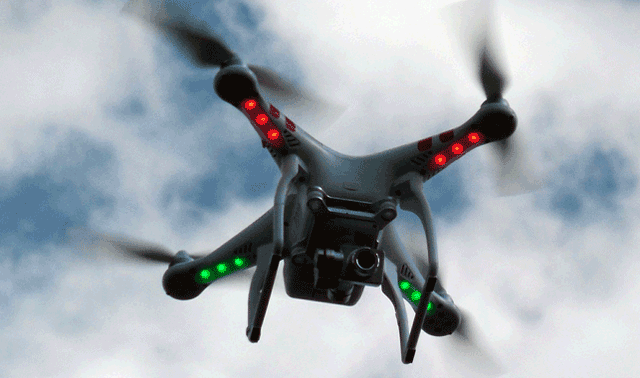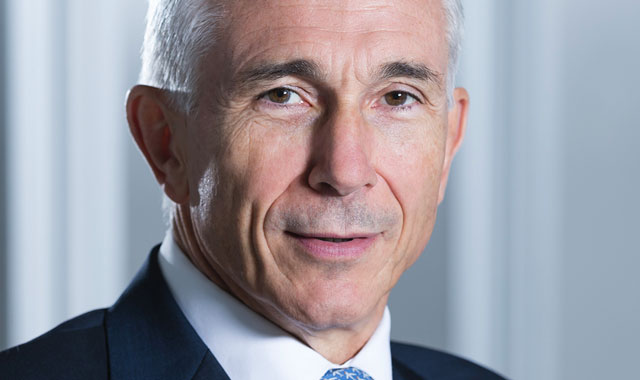
The use of drones (remotely piloted aircraft systems) is forecast to grow exponentially and is posing an increasing challenge for users of the airspace, according to Gilberto Lopez Meyer, senior vice-president for safety and flight operations at the International Air Transport Association (Iata).
“Drones are increasingly being used in environmental and fishery operations, disaster response, firefighting and many other civic and commercial activities,” Meyer said on Thursday at Iata’s global media briefing.
In addition there is a significant increase in the use of drones for recreational purposes. It is estimated that in the US alone about 700 000 to a million drones will be sold during the current holiday season.
“The rise in the popularity of drones has coincided with a huge increase in reports of drones operating dangerously close to manned aircraft and airports,” warned Meyer.
The greatest number of near collision reports were in North America and Iata data analysis show the risk of drone collision with aircraft exists at all altitudes and locations. The largest number of small drone encounters occurred below 1 500m, while there have been 18 large drone encounters reported across all altitudes, with the majority having been above 1 500m.
Iata is continuing to work with key aviation partners to increase public awareness to ensure the safe flying of drones.
“In order to deter misuse, there should be strictly enforced legal and/or administrative sanctions focusing drones in an unsafe or dangerous manner, especially near airports or commercial aircraft,” said Meyer.
As for other safety issues in the industry, Meyer said Iata’s overview for the first half of 2015 until 30 June shows a total of 37 aviation accidents in the world. These included five jet hull losses (where the aircraft was destroyed or written off), five turboprop hull losses and two fatal accidents.
“While no operational standard can guarantee that an operator will never have an event, the data show clearly that operators who maintain the high industry standards set by Iata’s Operational Safety Audit (Iosa) have better safety performance over time,” Meyer argued.
Also, following the disappearance of flight MH370, many airlines are in the process of equipping tracking systems or to upgrade their existing tracking capabilities.
Iata undertook to continue with its joint efforts with ICAO to create a register that details each air navigation service provider’s capabilities and to create new “risk based” standards and recommended practices.
Following the suicide of the co-pilot of the Germanwings aeroplane, pilot mental and emotional health, Iata said the industry is working to maximise predictability. There has been an estimated eight confirmed or suspected pilot suicide events since 1980.
“We have accepted that it is impossible to totally predict human behaviour,” said Meyer, but added that certain recommendations have been made in this regard, including having two people in the cockpit at all times, having pilots undergo a psychological evaluation before entering airline service and airlines running drug and alcohol testing randomly.
“Safety is everyone in aviation’s top priority and by working together, we have helped to make commercial air travel the safest form of long distance transportation the world has ever known, said Meyer.
“However, we cannot relax our focus. We must continue to drive improvements in safety.” — Fin24



